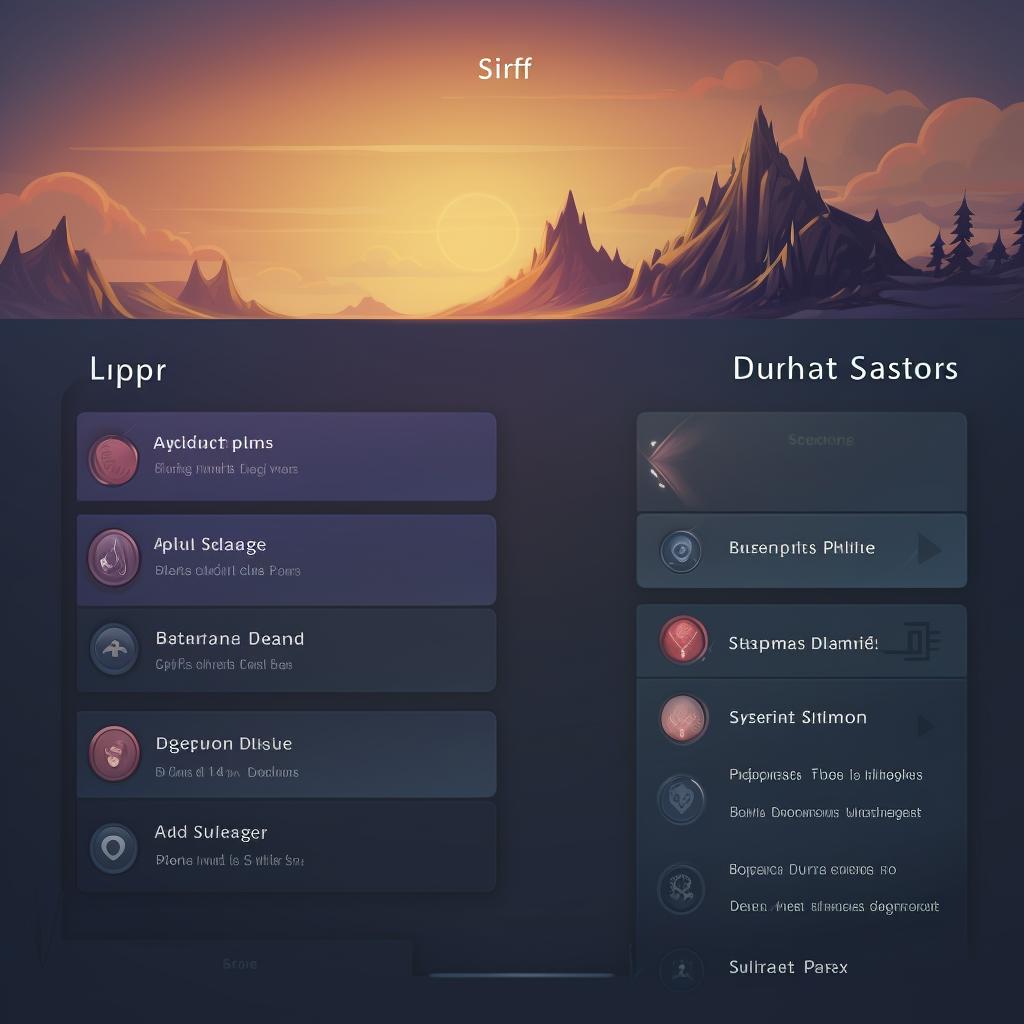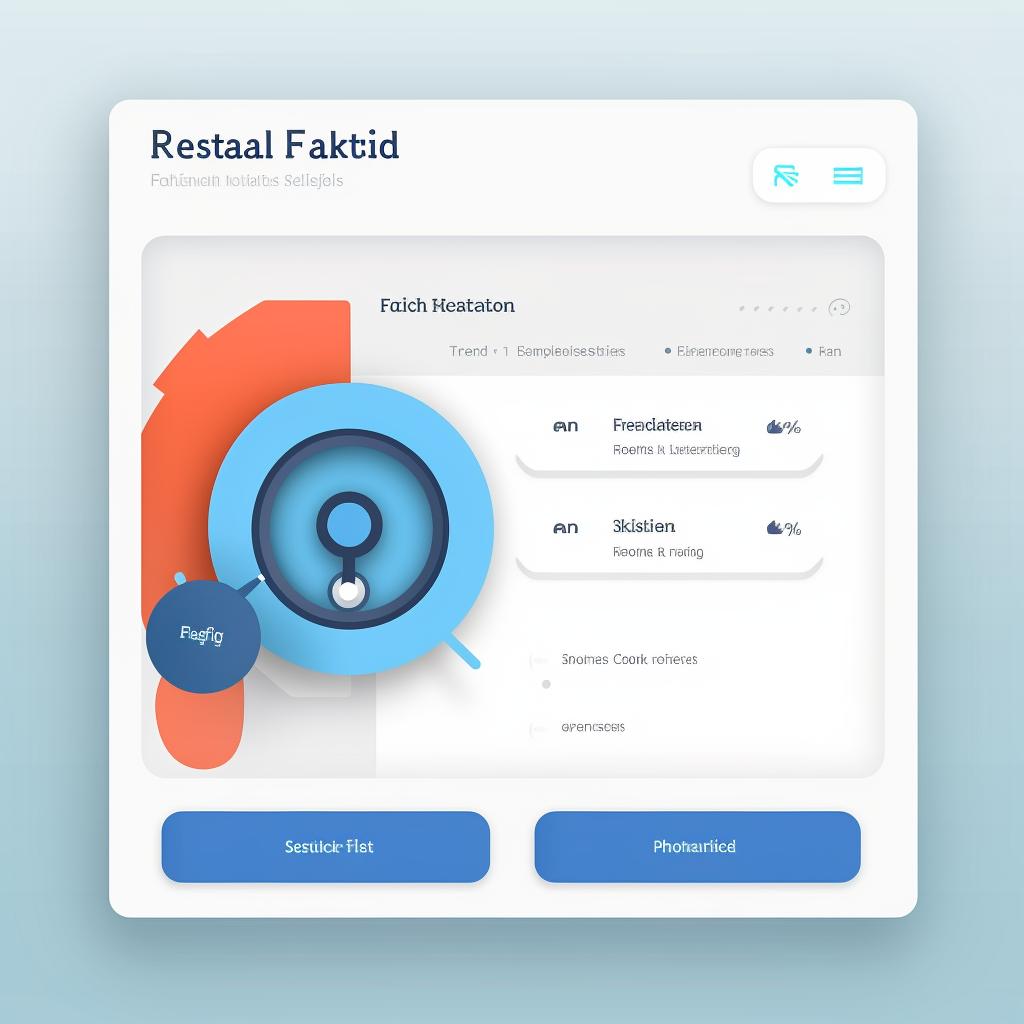Ethan Harper is a tech enthusiast with a background in computer science. He has spent the last 10 years working in the gaming industry, focusing on optimizing gaming performance. Ethan's passion for understanding the technical aspects of gaming and his knack for explaining complex concepts in simple terms make him a valuable contributor to Refresh Rates Review.
Yes, a higher refresh rate does improve the responsiveness of touchscreens on tablets. But, how exactly does it work? Let's delve into the concepts of optimizing screen refresh rates and touchscreen responsiveness.
🔍 Unraveling the Mystery: How Do Tablet Refresh Rates Affect Touchscreen Responsiveness?
Refresh rate, measured in Hertz (Hz), refers to the number of times a screen updates its image per second. A higher refresh rate, therefore, means the image updates more frequently, leading to smoother visuals. Touchscreen responsiveness, on the other hand, is the speed at which a touchscreen responds to user input.
Impact of Refresh Rates on Touchscreen Responsiveness
The chart above illustrates the correlation between refresh rates and touchscreen responsiveness. As the refresh rate increases, so does the responsiveness of the touchscreen. This is because a higher refresh rate allows the tablet to register input more frequently, resulting in quicker responses to your touches or swipes. For more information on how a higher refresh rate improves touchscreen responsiveness, you can check out our article on Does a Higher Refresh Rate Improve Touchscreen Responsiveness?.
💨 Speed Demons: Tablets with Top-Tier Refresh Rates
Many modern tablets boast high refresh rates. For instance, the latest iPad Pro models come with a 120Hz refresh rate, which Apple dubs as "ProMotion" technology. This high refresh rate contributes to the iPad Pro's smooth scrolling, enhanced gaming experiences, and precise touchscreen controls.
Top-Rated Tablets with High Refresh Rates
Check out the list above for some of the best high refresh rate tablets available on the market today.
🥊 The Showdown: Does Refresh Rate Really Boost Responsiveness?
While a high refresh rate does improve touchscreen responsiveness, it's important to note that other factors can also influence how quickly a touchscreen responds to input. These include the tablet's processor speed, the sensitivity of the touchscreen, and the software optimization of the device.
Understanding Touchscreen Responsiveness and Refresh Rates
Test your knowledge on the factors influencing touchscreen responsiveness and refresh rates with this interactive quiz.
Learn more about 📱 Understanding Touchscreen Responsiveness and Refresh Rates 🔄 or discover other Refresh Rates Review quizzes.
Test your knowledge on the factors influencing touchscreen responsiveness with the interactive quiz above.
🎯 The Ripple Effect: How Refresh Rates Transform Your Touchscreen Experience
While higher refresh rates can enhance the user experience by improving touchscreen responsiveness and reducing motion blur, they do have a downside. Higher refresh rates can consume more battery power. Therefore, some tablets offer the option to adjust the refresh rate, allowing users to strike a balance between performance and battery life. For more information on how a higher refresh rate affects battery life on mobile devices, check out our article.
If you're looking to enhance your tablet experience by adjusting the refresh rate, here's a handy guide to help you through the process.
Learn more about 📱 Adjusting the Refresh Rate on Your Tablet or discover other Refresh Rates Review guides.
Now that you've adjusted your tablet's refresh rate, you should notice a difference in the responsiveness and fluidity of your touchscreen interactions. Remember, you can always go back and adjust the refresh rate if you're not satisfied with the current setting.
If you're interested in adjusting your tablet's refresh rate, check out the step-by-step guide above.
🔮 The Final Word: Your Guide to Optimizing Screen Refresh Rates
In conclusion, a higher refresh rate does improve the responsiveness of touchscreens on tablets. However, it's also important to consider other factors such as processor speed, touchscreen sensitivity, and software optimization. Ultimately, the best refresh rate for you will depend on your specific needs and preferences.
What's your preferred refresh rate for tablets?
Join the community and share your preference! Whether you're a casual user or a gaming enthusiast, we'd love to know what refresh rate suits your tablet usage the best.
Everyone has different preferences when it comes to tablet usage. Participate in the community poll above and see what refresh rate other users prefer.



































